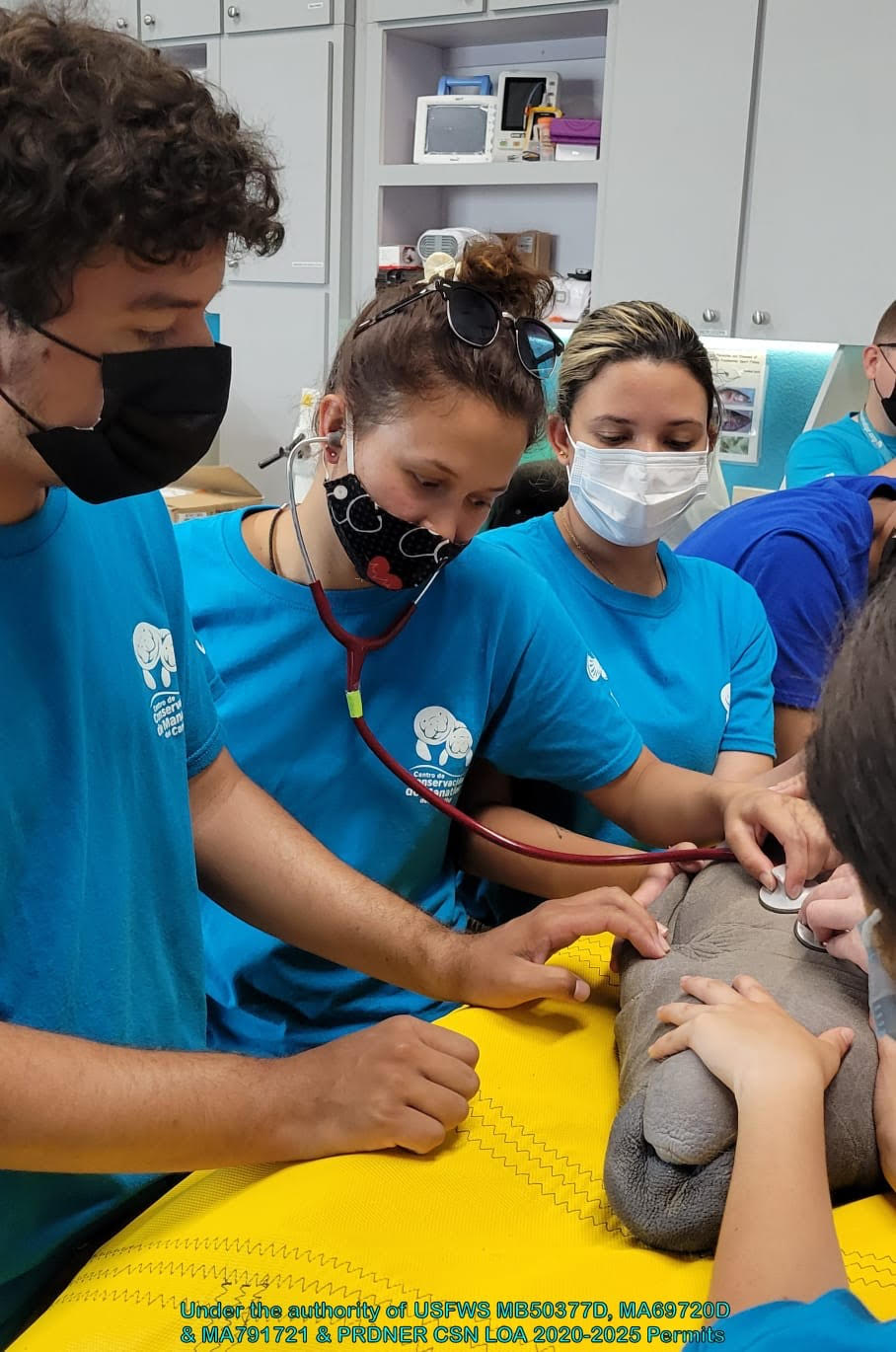Vet Candy: Why You Need to Change Your Perception of Dogs at Risk for Leptospirosis
 Thursday, October 1, 2020 at 01:00PM
Thursday, October 1, 2020 at 01:00PM Take a look at this interesting article published by Vet Candy about the real risks of Leptospirosis! Included in this piece is a great infographic with statistics you can share with clients to emphasize the risk of infection to dogs of all kinds!
Why you need to change your perception of dogs at risk for leptospirosis
By Dr. Gina Brandstetter
Leptospirosis used to be thought of as a disease that primarily infected large breed, active, outdoor dogs in the countryside. Leptospirosis has also been associated with wet climates or large, stagnant water sources. However, some of these perceptions are changing to include rising infections seen in diverse environments and breeds.
All Breeds Are At-Risk
It is becoming more recognized that all dog breeds and lifestyles are at risk for coming in contact with Leptospira and contracting the disease. For example, many (primarily indoor) suburban and urban small breed dogs are also being diagnosed with Leptospirosis. Some reasons for this include increased human-wildlife interface and the presence of infected urban rodents.
Suburban Dogs Are At-Risk
Due to sprawling development and habitat destruction, the human-wildlife interface is becoming increasingly more integrated. This puts suburban pets in greater contact with wildlife. Urine from infected wildlife hosts (such as rodents, raccoons, skunks, deer, and coyotes) can be excreted in backyards or in other places near the home where people or pets can be exposed.
Urban Dogs Are At-Risk
Since rodents often live in cities and are one of the primary host species for Leptospirosis, we can also expect bacterial shedding in urban areas. From this perspective, city dogs can be exposed to Leptospirosis by sniffing infected urine on the sidewalk or drinking from a contaminated puddle on the road or in the yard. This can happen even in the dog that only leaves the house for a bathroom break.
Dry Climates Also Pose Risks
Another changing perception is that of climate on disease prevalence. Wet climates with rainfall and flooding are most often recognized as risk factors, but the disease can, and does, occur in dry climates as well. In Arizona, for example, there has been a noticeable rise in cases since 2017. One could postulate that heavy rainfall in otherwise dry climates exacerbates this risk. Another possibility is during times of drought or low-rainfall, wildlife is drawn into fewer common water sources, which often can be found in places where humans and pets frequent.
Subclinical Disease
More needs to be learned about the prevalence of subclinical infections in dogs, but it has been documented to occur.1 Due to possible zoonotic risk, treatment is generally recommended for suspected – or, ideally, confirmed – exposures in the same environment as another diagnosed case.1
Considering these epidemiological trends may help determine risks that exist in your own community and to decide on your best vaccination recommendations. The changing perceptions should also serve as a reminder to keep Leptospirosis on your list of differential diagnoses in all applicable cases.


Reader Comments